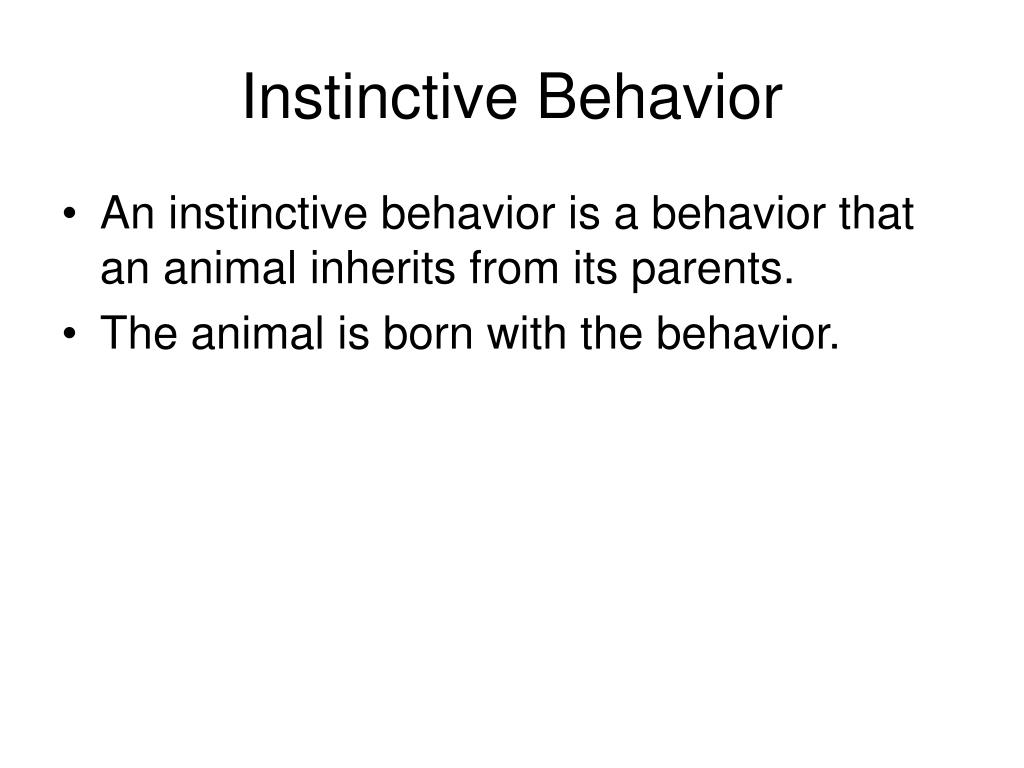Why do dogs like sticks? It’s a question that has puzzled both canine enthusiasts and casual observers for ages. From the tiniest Chihuahuas to the largest Great Danes, dogs of all shapes and sizes display an undeniable fascination with these simple, unassuming objects. Whether it’s during a leisurely walk in the park or a romp in the backyard, you’re bound to witness a dog gleefully prancing around with a stick clenched between its jaws. But what is it about sticks that captivate our furry friends so effortlessly? In this article, we will delve into the intriguing reasons behind this common canine behavior, shedding light on why sticks are a source of endless entertainment and joy for our beloved four-legged companions.
Table of Contents
1. Instinctual Behavior:
Dogs have been domesticated for thousands of years, but they still retain many of their natural instincts. Chasing after sticks is one of these innate behaviors that dogs have inherited from their wild ancestors. Wolves, the direct ancestors of domestic dogs, are known to play with sticks in the wild. So when dogs play with sticks, it’s a play behavior rooted in their instinctual behavior.
2. Mental and Physical Stimulation:
Playing with sticks provides dogs with both mental and physical stimulation. Chasing, capturing, and carrying a stick requires coordination and focus, which engages their cognitive abilities. Additionally, running around and retrieving sticks helps to keep their muscles active and strong. The combination of mental and physical exercise contributes to a fulfilling experience for dogs.
3. Satisfying the Prey Drive:
Dogs possess a natural prey drive, which is triggered when they see small, moving objects. Sticks resemble prey in terms of shape and movement, arousing a dog’s instinctual desire to chase and capture. When dogs chase after sticks, it allows them to satisfy this innate urge in a controlled and safe manner.
4. Bonding and Interaction:
Dogs often enjoy playing with sticks with their owners and other dogs. Engaging in stick play creates an opportunity for bonding and interaction. Throwing a stick for a dog to retrieve strengthens the human-dog bond, as it involves cooperation and shared activity. Moreover, playing fetch with a stick can also facilitate socialization between dogs, fostering companionship and positive social interactions.
5. Texture and Taste:
Sticks have a unique texture that dogs find intriguing. The roughness and different shapes of sticks provide a sensory experience for a dog’s mouth. Dogs may enjoy chewing on sticks because it helps alleviate teething pain during puppyhood. Some sticks may also have an interesting taste or smell, making them even more appealing to dogs.
6. Natural Teeth Cleaner:
Chewing on sticks can serve as a natural teeth cleaner for dogs. Gnawing on the fibrous material of sticks can help remove plaque and tartar buildup from their teeth. It may also fulfill their natural urge to chew, preventing destructive chewing behavior on household items.
7. Environmental Enrichment:
Playing with sticks allows dogs to interact with their environment. Exploring and manipulating natural objects like sticks can provide mental stimulation and alleviate boredom. Dogs are curious animals, and the ever-changing scents and textures of sticks found outdoors can offer a sensory adventure for them.
8. Symbol of Achievement:
Dogs are often praised when they successfully retrieve a stick thrown by their owners. This praise and positive reinforcement establish a connection between the stick and a sense of accomplishment for the dog. Dogs may learn to associate sticks with the excitement and satisfaction of completing a task, making them eager to repeat the behavior.
9. Playful Possession:
Sticks can become objects of playful possession for dogs. When a dog has a stick, it becomes their prized possession, giving them a sense of ownership and control. This can boost their confidence and overall sense of well-being, making sticks a desirable item for play.
10. Natural Scent Markers:
Finally, dogs have a keen sense of smell, and sticks carry a variety of scents from the outdoors. By urinating or rubbing against sticks, dogs can leave their own scent as a form of communication with other dogs. This behavior is a natural part of their territorial instincts and serves as a way for dogs to establish their presence in an area.

Source www.slideserve.com
The Psychological Reasons Behind Dogs’ Fascination with Sticks
Theories about Dogs’ Attraction to Sticks
Dogs and sticks have a long-standing relationship that has puzzled dog owners and experts alike. From puppies to adult dogs, many canines exhibit an almost instinctive attraction to sticks. While the exact reasons behind this behavior are not fully understood, several theories provide valuable insights into why dogs seem to love sticks so much.
Ancestral Instincts
One plausible explanation for dogs’ affinity for sticks lies in their ancestral instincts. Dogs are descendants of wolves, and sticks resemble bones or antlers, which would have served as important tools and toys for their wild counterparts. Chewing on bones promoted dental health and helped in maintaining strong jaws. Engaging with sticks might serve as a substitute for this behavior, harkening back to their genetic makeup.
Chasing and Retrieving
Dogs are natural hunters and retrievers, and their love for sticks may stem from this innate instinct. Throwing a stick for a dog to chase and retrieve taps into their predatory instincts, as they enjoy the thrill of chasing and capturing prey-like objects. The game of fetch satisfies both their mental and physical exercise needs, and a simple stick is often a readily available option.
The Joy of Gnawing and Chewing
The act of gnawing and chewing on sticks provides dogs with a pleasurable sensory experience. The texture and taste of wood can stimulate their senses, relieve teething discomfort in puppies, and alleviate boredom or anxiety. Chewing on sticks may also help to clean their teeth and gums, making it a natural toothbrush for them.
Seeking Attention and Interaction
Another reason dogs may gravitate towards sticks is to seek attention and interaction from their human companions. They may have quickly learned that picking up a stick often results in playtime or praise from their owners. By engaging with a stick, dogs can capture our attention and provoke a fun game of fetch or tug-of-war.
Sticks as a Source of Phytomedicine
Remarkably, some dogs may instinctively seek out sticks for their potential medicinal properties. Certain tree barks and sap contain beneficial substances, such as tannins, which have antibacterial and anti-inflammatory properties. In scenarios where dogs feel unwell, they may be naturally inclined to chew on sticks as a form of self-medication.
Environmental Exploration
For curious canines, sticks provide a means of exploring their environment. Dogs utilize their acute sense of smell to investigate different scents left behind on sticks. The vast array of smells on sticks, ranging from outdoor elements to other animals, stimulates their curiosity and enhances their sensory experience.
Aids in Building Confidence
Interestingly, dogs may also use sticks as a tool for building confidence. For shy or anxious dogs, carryin
1. Natural Instincts and Hunting Behavior
Dogs’ love for sticks can be traced back to their natural instincts and hunting behavior. Despite centuries of domestication, dogs still retain many of their ancestral traits. One of these traits is the desire to hunt and catch prey.
In the wild, dogs or their ancestors would have hunted small animals, and sticks provide a safe and convenient way for them to practice their hunting skills. Even though domesticated dogs may not have the opportunity to chase and catch small animals, their instinctual drive remains strong.
When dogs play with sticks, they imagine them as their prey, using their natural predatory instincts to stalk, chase, and capture. This behavior allows them to fulfill their hunting instincts in a controlled environment.
2. Mental Stimulation and Physical Exercise
Engaging in stick play provides mental stimulation and physical exercise for dogs. Dogs are intelligent animals and require activities that challenge their minds and keep them mentally sharp.
When dogs chase and fetch sticks, it stimulates their problem-solving abilities as they calculate the trajectory and distance of the throw. It also enhances their hand-eye coordination and cognitive skills.
Furthermore, fetching a stick involves physical exertion. Dogs need regular exercise to maintain their overall health and prevent boredom-related behavioral issues. Sticks make for an accessible and inexpensive way to engage in interactive play, promoting both mental and physical well-being.
3. Chewing Satisfaction and Oral Health
Dogs have a natural urge to chew, and sticks can serve as a satisfying outlet for this behavior. Chewing provides dogs with mental relaxation, relieves anxiety, and can help keep their teeth and gums healthy.
By gnawing on sticks, dogs exercise their jaw muscles, keeping them strong and reducing the likelihood of dental problems such as tooth decay or gum disease. The mechanical action of chewing also helps scrape away plaque and tartar, promoting good oral hygiene.
| Benefits of Chewing Sticks: |
|---|
| 1. Mental relaxation |
| 2. Relieves anxiety |
| 3. Strengthens jaw muscles |
| 4. Promotes good oral hygiene |
4. Source of Comfort and Security
For many dogs, a stick can act as a source of comfort and security. Dogs are denning animals, and in their natural habitat, they would create safe and cozy nests. A stick can mimic the sense of having a personal object that provides comfort, resembling the structure of a den-like environment.
In times of stress or anxiety, dogs may seek solace in a stick, much like a child clings to a security blanket. The act of chewing on a stick can help dogs feel secure and reduce nervousness in unfamiliar situations.
5. Bonding and Social Interaction
Playing with sticks can serve as a bonding experience between dogs and their human companions. Throwing a stick and engaging in a game of fetch allows for shared enjoyment and strengthens the human-dog relationship.
Dogs are social creatures that crave attention and interaction. Through stick play, dogs get to spend quality time with their owners, enjoying their presence, and feeling loved and valued.
Moreover, stick play can also promote social interaction between dogs. Dogs may engage in friendly competitions, chasing after the same stick or taking turns fetching it, which can lead to increased socialization skills and better understanding of canine social cues.
Overall, dogs’ affinity for sticks can be attributed to their natural instincts, the joy it brings them, and the physical and mental benefits it provides. So the next time your furry friend retrieves a stick, embrace the moment and enjoy the wonders of their innate behaviors and instincts.
Thanks for Joining Our Stick-Loving Journey!
We hope you enjoyed diving into the fascinating world of why dogs adore sticks as much as they do! Who would have thought that something so simple could bring such immense joy and satisfaction to our beloved canine companions? From their primal instincts to their natural need for mental and physical stimulation, sticks offer dogs a source of endless amusement. So, next time you see your furry friend proudly prancing around with a stick in their mouth, you’ll know exactly why they find it irresistible. We’re thrilled that you joined us on this adventure, and we invite you to stick around for more captivating articles on other intriguing topics. Remember, curiosity never sleeps, so visit us again soon for your daily dose of canine enlightenment. Until then, happy stick-fetching!
 Treat For Dog – Brain Training for Dogs, Dog Training & Obedience Discover Treat For Dog and get your pup on the path to smarter, happier, and healthier living with brain training for dogs.
Treat For Dog – Brain Training for Dogs, Dog Training & Obedience Discover Treat For Dog and get your pup on the path to smarter, happier, and healthier living with brain training for dogs.




